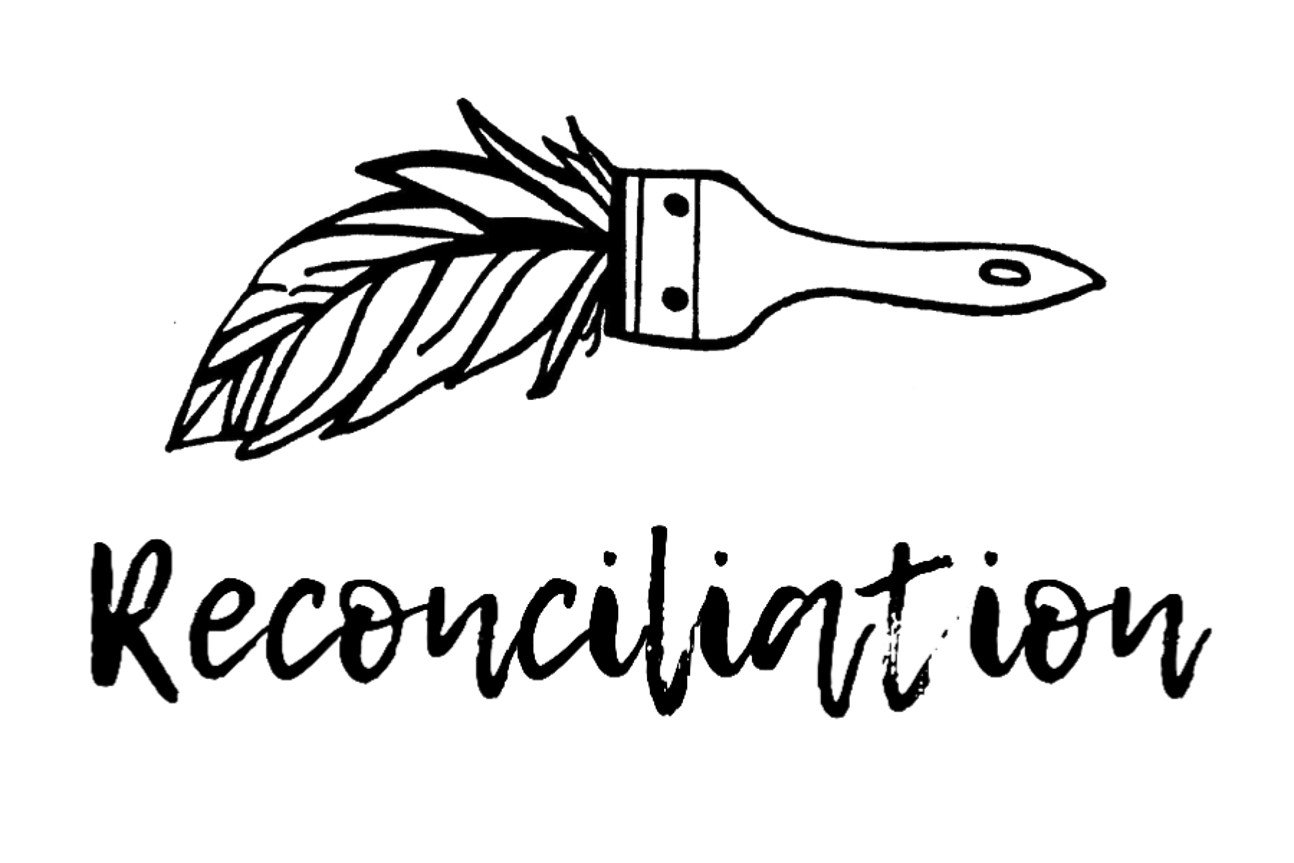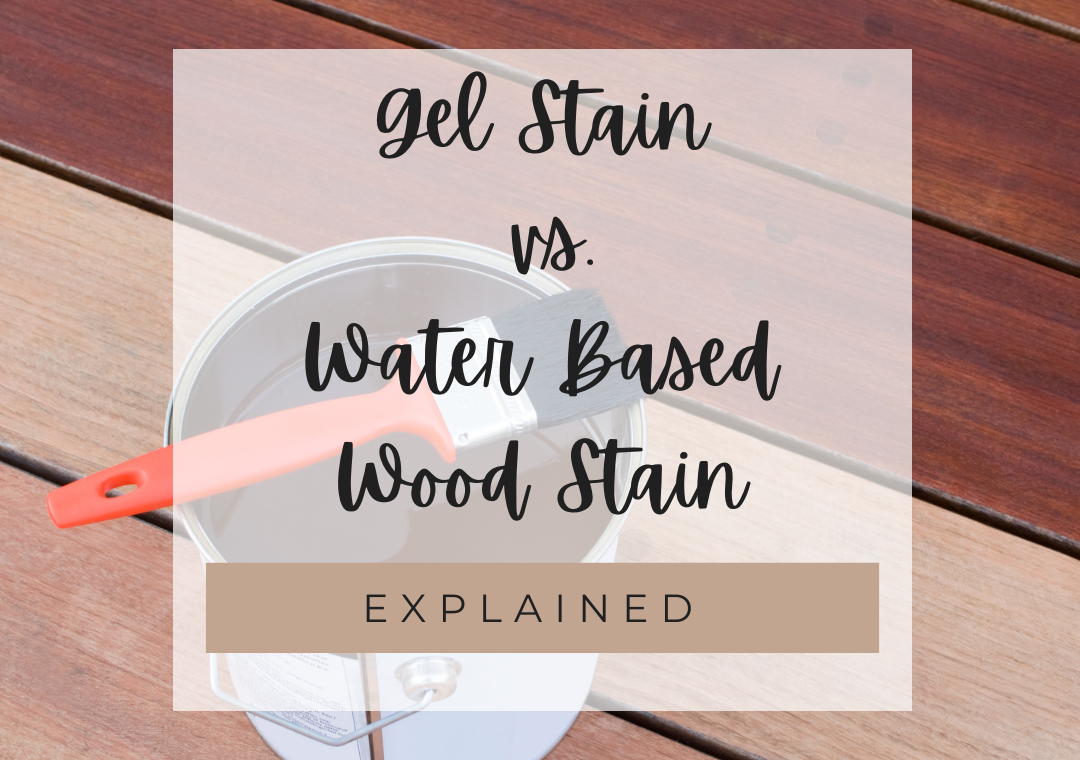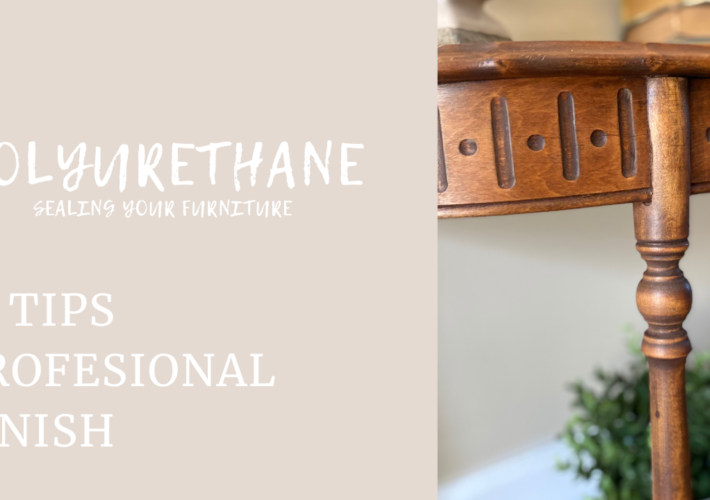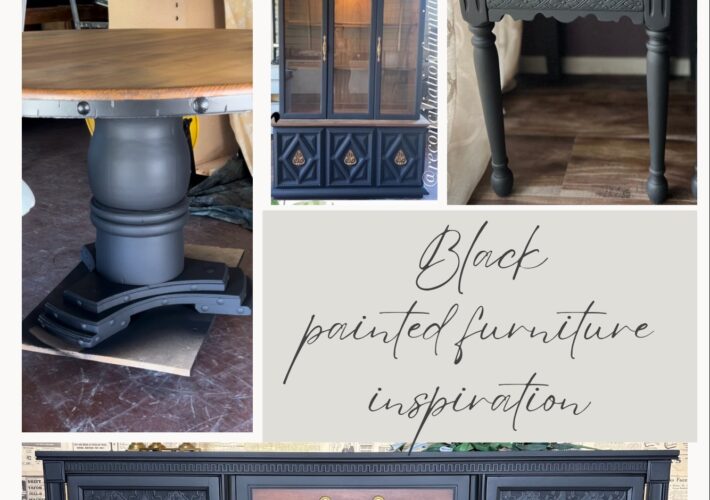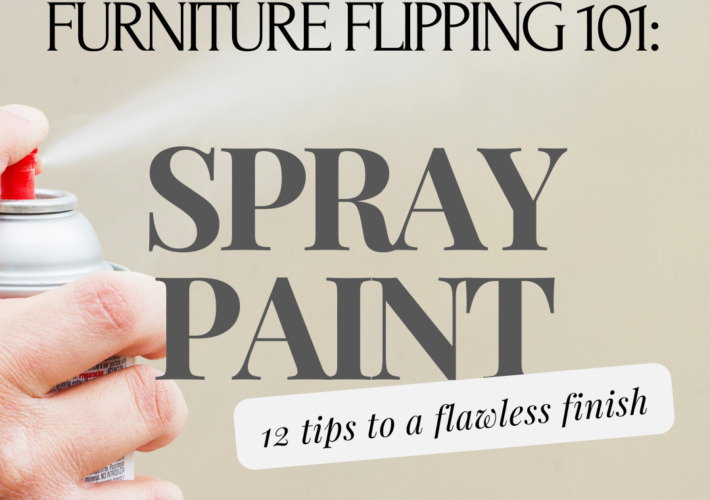309 Views
Gel Stain vs. Water Based Stains: Everything you need to know
Hey there, fellow DIYers and furniture flippers! Today, let’s dive into the world of wood stains—specifically, the showdown between water-based and gel-based stains. If you’re anything like me, you’ve probably stared down the stain aisle at your local hardware store, wondering which one is going to give your latest project that perfect finish. Well, wonder no more! Let’s break it down so you can stain like a pro.
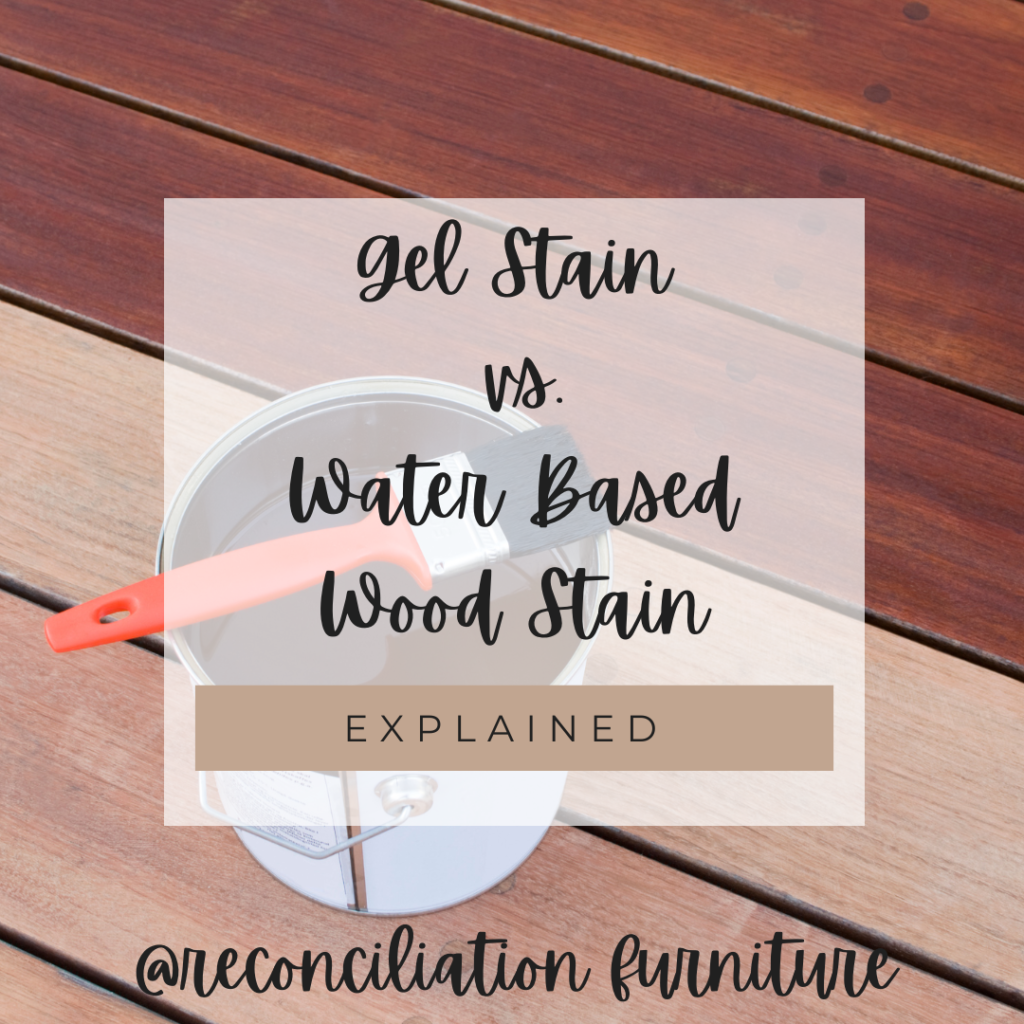
KEY DIFFERENCES:
Prep Work:
When it comes to prep work, water-based stains are a bit more forgiving. They don’t require as much sanding and tend to be easier to clean up if you make a mess (trust me, I’ve been there). On the other hand, gel-based stains are thicker and can sometimes mask imperfections in the wood, which means you might need to sand a bit more to achieve a smooth finish.
Application Methods:
Water-based stains are great for beginners because they spread easily and evenly. They dry quickly too, so you don’t have to wait as long to move to your next steps.
Gel-based stains are like the peanut butter of stains—they’re thick and go on thick. This makes them ideal for vertical surfaces or intricate details where you want more control over the application.
DRY TIMES:
Patience is a virtue, especially when it comes to dry times. Water-based stains dry faster, usually within a couple of hours, which means you can move on to the next coat or finish sooner.
Gel-based stains take longer to dry because of their thicker consistency, so plan accordingly and resist the urge to poke at it too soon (we’ve all been guilty of that).
CHEMICAL PROPERTIES:
Water-based stains are, you guessed it, water-based! That means they’re low in VOCs (volatile organic compounds), making them a more eco-friendly option.
Gel-based stains, on the other hand, often contain more solvents and additives to keep that thick consistency, so make sure you’re in a well-ventilated area when using them.
When to use each:
Water-based Wood Stain:
Perfect for quick projects or when you need to apply multiple coats in a short amount of time. They’re also great for achieving lighter, more translucent finishes. I use water-based stains when I want to highlight the beauty in the wood grain.
Gel Stain:
Ideal for projects where you want more control over the color and where you need the stain to stay put without dripping. They’re also excellent for covering up blemishes or achieving a deep, rich color. Great for vertical surfaces such as cabinets.
General Rules for Wood Staining:
Prepare the surface:
Clean, sand, and condition your wood before staining to ensure a smooth and even finish.
Test the area:
Always test your stain on a scrap piece of wood or an inconspicuous area of your project to make sure you achieve the desired color. If you are using a scrap piece of wood- ensure that it is the same type of wood you will be staining, as wood stain color appears extremely different from wood to wood.
Follow Manufacturer’s Directions:
Different stains have different quirks, so read the manufacturer’s instructions carefully before diving in.
Common Wood Staining Tools & Products:
To help you get started on your staining adventures, here are some essential tools and products you might need:
Check out the entire collection of wood staining tools & products by using the link HERE>
The Reconciliation Furniture “wood staining” Product list
Sandpaper: Different grits for smoothing and preparing the wood surface.
Here is a link to the sander that I use!
<<Cordless Sander>>
Sandpaper multi-grit variety packs available here.
Stain Applicators: Brushes, foam applicators, or rags for applying the stain evenly.
My go-to applicators for staining available HERE.
Wood Conditioner: Especially useful for blotchy woods to ensure an even stain absorption.
Make sure to use a water-based wood conditioner when using water-based stains & an oil based wood conditioner for gel stains!
My favorite water-based wood conditioner available HERE.
My favorite oil-based wood conditioner HERE.
Stain of Choice: Whether water-based or gel-based, choose a stain that suits your project’s needs.
My favorite water-based stain available HERE.
My favorite gel stains available HERE.
Protective Finish: Polyurethane, varnish, or wax to seal and protect your beautifully stained wood.
Make sure to use a water-based top coat when using water-based stains & an oil based top coat for gel stains!
Water-based top coats available HERE.
Oil-based top coats available HERE.
Clean Up: Read manufacturers instructions on proper clean up solvents. The general rule to follow is water for water-based and a mineral spirits for oil-based or gel stains.
Make sure to pick up some mineral spirits for clean up when working with gel-stains!
Mineral Spirits for easy gel stain clean up available HERE.
Disclaimer: Links to recommended products are affiliate links. As an Amazon Associate, I earn from qualifying purchases.
Wrap-Up
There you have it—water-based vs. gel-based stains demystified! Armed with this knowledge and the right tools, you’re ready to tackle your next DIY project with confidence. Whether you choose the speedy dry time of water-based stains or the control of gel-based stains, remember: the joy is in the journey (and the finished product). So go forth, experiment, and let your creativity shine!
Have you tried both types of stains? What’s your go-to for staining wood? Share your thoughts and tips in the comments below. And remember to tag us in your projects—I can’t wait to see what you create!
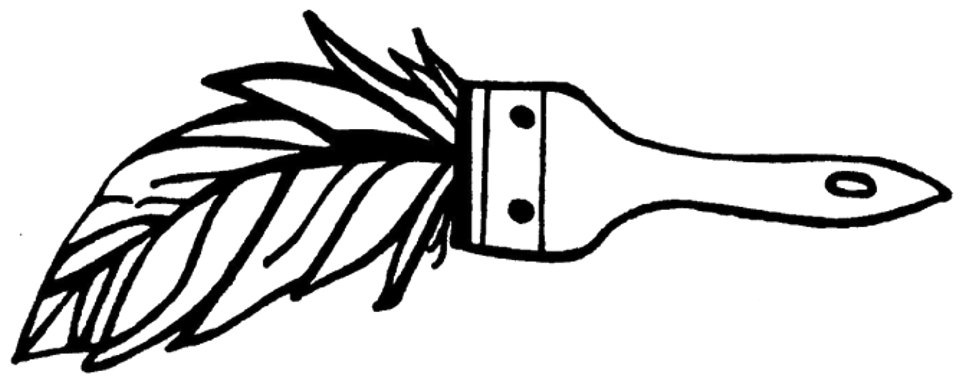
dont miss out on any of the fun!– follow me:
PIN THIS POST!
FOR REFERENCE LATER..
#woodstain, #gelstain, #waterbasedstain, #stainingtools, #productreccomendations, #woodstainingbestpractices, #howtostainwood, #diy, #diyproductreccomendations, #homeimprovement, #woodworking, #flippingfurniture, #furnitureflipping, #reconciliationfurniture
You May Also Like
Furniture flipping 101: Top Coats (polyurethane)
February 13, 2024
Paint it Black: Black Painted Furniture Inspiration
June 26, 2024
